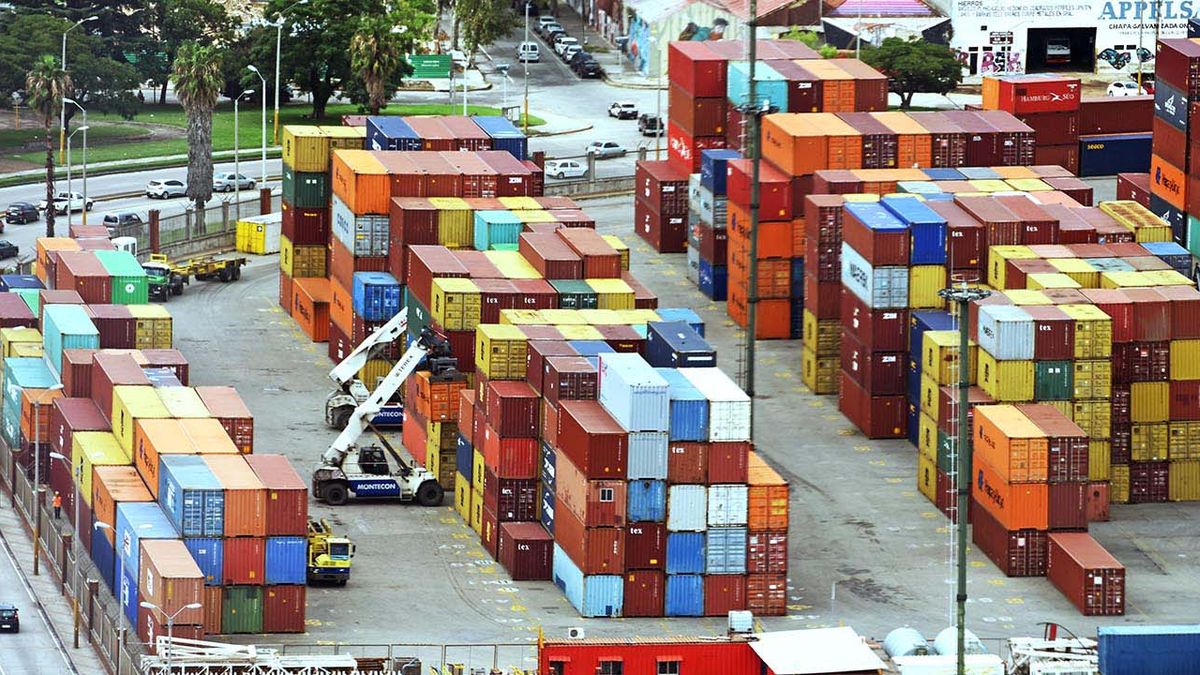The president of the Chamber of Industries of Uruguay (CIU), Fernando Pachereferred once again to the debt that the Argentine importers they maintain with Uruguayan exporters, which amounts to an estimated 100 million dollars; and assured that the new system implemented by the administration of Javier Milei, Although it meant a positive change, it is still a mystery: “The Uruguayan exporter ends up giving credit to the Argentine government.”
The issue of the debt that Argentine importers maintain with the local industrial sector continues to be one of the big problems for exporters. To the point that, days ago, the president of the Central Bank of Uruguay (BCU), Diego Labatand the chancellor Omar Paganini, They received a delegation from the CIU to seek a possible solution to the problem surrounding payments for sales to Argentina.
According to surveys carried out by the Chamber of Industries, the amount owed – due to delays in authorization permits and, later, obstacles in the transfer of currency to make payments in Argentina, Within the previous authorization system, the Import System of the Argentine Republic (SIRA)— amounts to about 82 million dollars.
This “stock debt” is completed with between 20 and 25 million more dollars owed to companies that are not associated with the CIU.
In addition to the meeting with the BCU and the Foreign Ministry —in which one of the solutions discussed was the possibility of promoting the Payment system in Local Currencies to unblock pending payments conditional on the availability of foreign currency—, Pache stated on Telemundo that the Chamber of Industries also met with the Republic Bank (BROU) to support “exporters who are momentarily facing a complex financial issue” due to lack of sales payments.
“There is very good will, the issue is that both the national banks and the government cannot take care of debt between privatewhich in turn have intervention from the Argentine government, have not been able to pay,” said the president of the CIU.
In any case, he highlighted a recent resolution of the administration of the neighboring country that allowed the micro, small and medium enterprises With foreign debts declared for up to $500,000, pay $50,000 in February and the remaining amount between March and April.
Challenges and uncertainty in the new Argentine foreign trade scenario
To this problem, which corresponds to the end of 2022 and a good part of 2023, is now added the unknown of what will happen with the new system implemented by the Milei government, the so-called Import Statistical System (SEDI).
Although Pache recognized that the new modality is much more agile, he pointed out that it is still a “regulated trade, “non-free foreign trade”, so there is no negotiation between the private parties and the payment model already conditions the exchange.
Regarding this last point, due to the type of products it exports Uruguay toward Argentina, It is distributed in a calendar of 30, 60, 90 and 120 days, Pache considered that “the Uruguayan exporter ends up giving credit to the Argentine government.” “Because if tomorrow the Argentine government does not have the funds in cash, it will not be able to pay you,” he explained, although he clarified that, for the moment, the payments have been made accordingly.
Smaller exchange gap
Pache was also consulted about the situation of smuggling on the border and consumption diversion toward Argentina, generated by the exchange difference between both countries.
“By not having such an important difference between the official dollar and the parallel dollar, and the giant inflation that they have around more than 10% monthly, has leveled out at this moment, not 100% and not in all areas, but it has leveled prices a little with Uruguay”, said the president of the CIU.
“That gives us the expectation and hope that this next semester the sales on the coast recover around 10% or 20%. “We lost almost 40% of sales during 2022 and 2023 in that area of the country,” he added.
Source: Ambito




